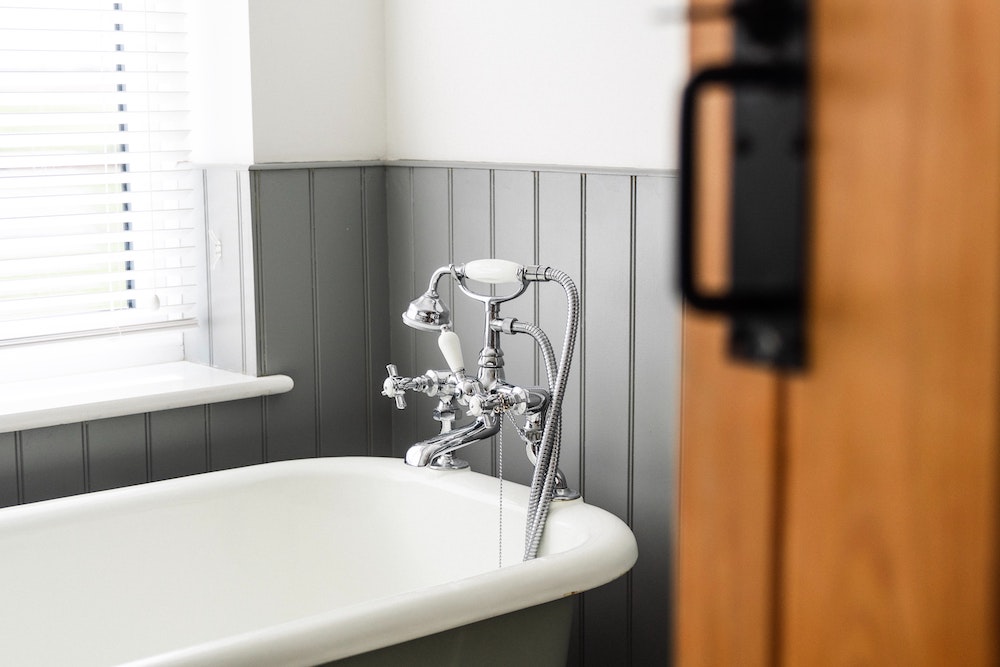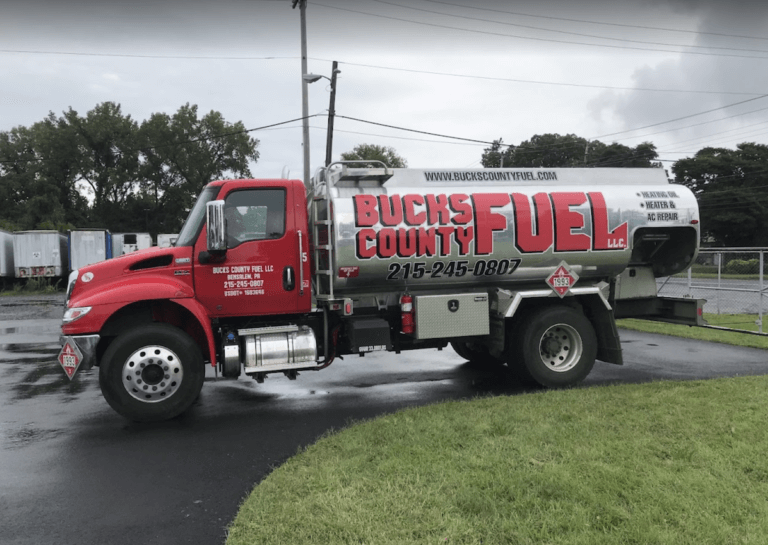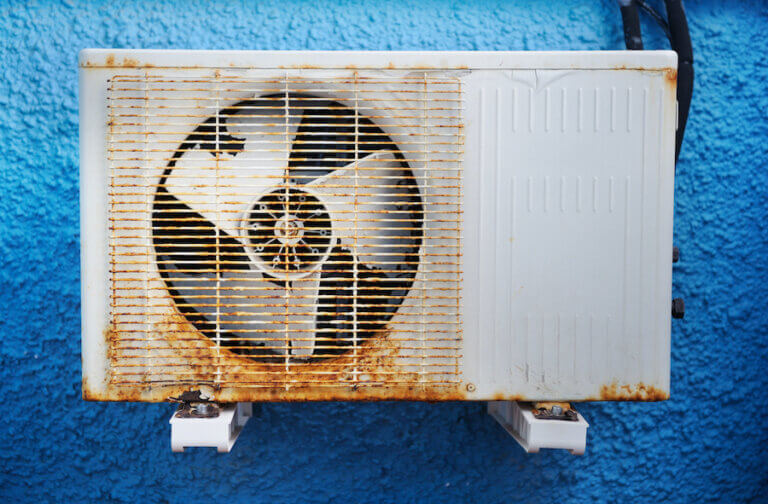Tankless water heaters are becoming more popular in the Bucks County area as technological innovations advance. Since water heaters are expensive, buying one means spending a lot of money, and homeowners must deal with the consequences of their decision for years after installation. So when it’s time to furnish your home or replace your old water heater, it’s essential to consider the cost, efficiency and longevity of your new water heater.
To help homeowners and contractors choose the right water heater, we’ve put together this guide. We compare the pros and cons of installing tank storage and tankless water heaters in Bucks County so you can make an informed decision.
How Do Tankless Water Heaters and Tank Storage Water Heaters Work?
There are storage tank water heaters in most homes. These insulated tanks can hold 30 to 50 gallons of water. There is a pipe at the top of the tank that transports hot water to sinks or other destinations, such as the kitchen or bathroom.
Storage tank water heaters are often powered by either electricity or natural gas. Gas water heaters are less expensive to operate than electric ones. However, they’re slightly more expensive than electric models. They also have a temperature and pressure release valve. The valve is activated when the temperature or pressure rises above a certain level.
Tankless water heaters have powerful burners that heat water quickly as it passes through a heat exchanger. They deliver the hot water directly to the faucet or shower instead of storing it in a tank. For this reason, they are also known as on-demand water heaters. Tankless water heaters use gas or electricity as the energy source. This type of water heater is more energy efficient than the storage-tank ones.
Now, let’s take a look at the advantages and disadvantages of these two kinds of water heaters.
Pros and Cons of Tank Storage Water Heaters in Bucks County
Just like other products, tank storage water heaters have advantages and disadvantages.
Benefits of a Tank Storage Water Heater
It is less expensive to install a storage tank water heater. Also, compared to tankless models, storage tank water heaters are easier to operate and require less frequent maintenance and repairs.
When these water heaters malfunction, their simplicity makes them easy and inexpensive to repair. Tankless water heaters are more difficult and costly to repair and replace.
Drawbacks of Storage Tank Water Heaters
Typically, storage tank water heaters cause an increase in your utility expenses because they heat and then reheat the water to a preset temperature. When these water heaters operate in cool climates, they have to work harder during the winter, which increases gas or electricity costs.
Storage tank water heaters take up more space than on-demand water heaters. It can be difficult to accommodate them in a limited space.
Standard storage tank water heaters can only support three consecutive showers. You won’t enjoy the fourth shower unless you prefer ice cold to hot showers. If you frequently take multiple showers, consider a water heater with a larger tank. This will solve your hot water problem, but your energy costs will increase significantly.
You may need to buy and install storage tank types nearly much earlier than tankless water heaters due to their lower usable life, which is typically 10 to 15 years (about half the life of an on-demand water heater).
Pros and Cons of Tankless Water Heaters in Bucks County
Now, let’s look at the advantages and disadvantages of tankless models.
Benefits of a Tankless Water Heater
The energy efficiency of on-demand (tankless) water heaters is between 25 and 35 percent higher than that of storage tank water heaters. If you use a lot of hot water per day (about 86 gallons), you can benefit from an additional 8 to 14 percent in energy efficiency.
A tankless water heater costs more than a conventional storage tank water heater but lasts longer. Tankless models have a lifespan of more than 20 years, as opposed to storage tank models, which only last 10-15 years. Both types of water heaters may not last as long in “hard water” regions.
A tankless water heater doesn’t take up as much room as a water heater with a storage tank. Because they’re compact, on-demand water heaters can be installed in tight spaces If your home has limited space, they can even be mounted on exterior walls.
With an on-demand water heater, you’ll always have access to hot water. Tankless water heaters deliver two to three gallons of hot water per minute. So you don’t have to wait 15 to 25 seconds for your water to get hot. Many storage tank water heaters take longer to heat the water due to the larger volume of water they must heat than most tankless models.
Drawbacks of a Tankless Water Heater
Tankless water heater drawbacks include the higher initial cost compared to storage tank water heaters. If you are switching from a storage tank water heater to a tankless one, tankless water heater installation may be pricey.
It is costly to relocate existing pipes if you choose to install a tankless water heater instead of an old storage tank model. This increases installation costs and takes more time.
If you are showering and doing laundry simultaneously, your tankless water heater may not be able to keep up with the demand for hot water. One of the people showering will often feel “cold” if multiple showers are running at the same time in the house.
Bottom Line
If your budget can handle the higher initial cost, go for a tankless water heater as it will save you more money over time. However, if you have a limited budget, a storage tank water heater may make more sense for you. To weigh your alternatives, you can contact a reputable company like Bucks County Fuel to help you choose the water heater you are considering and its specifications. Contact us today so we can help you find the right answer to the often difficult question of which water heater is best for your home. The professionals at Bucks County Fuel will provide you with the unbiased knowledge you need to make the best decision for you and your home.




